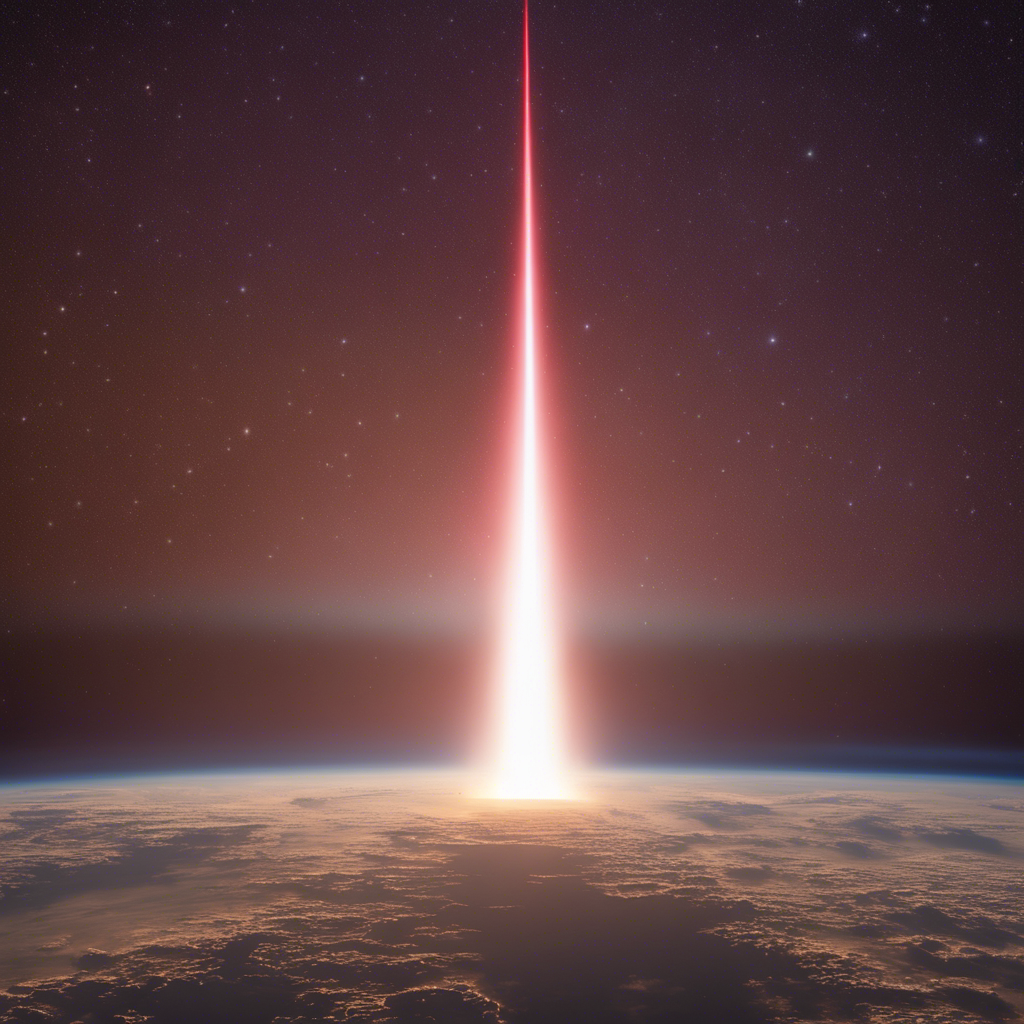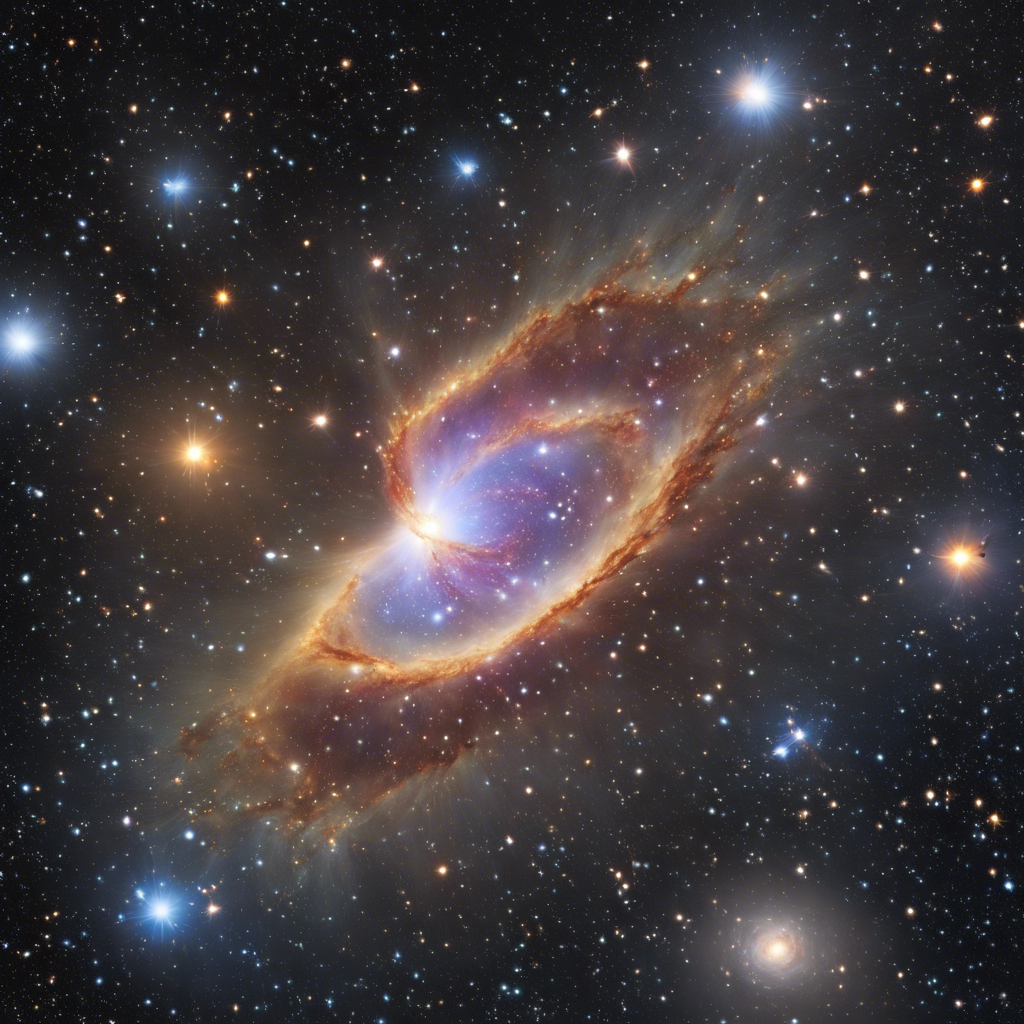NASA’s Psyche mission achieves a major milestone in deep-space laser communications
NASA’s Psyche mission has achieved a significant breakthrough in deep-space laser communications, marking a major milestone for the innovative experiment flying aboard the spacecraft. The successful demonstration of laser communications from a distance far beyond the moon opens up new possibilities for future space exploration and the quest to uncover the mysteries of the universe. The experiment, known as the Deep Space Optical Communications technology demonstration (DSOC), has the potential to revolutionize communication with astronauts on Mars and beyond. This article explores the recent achievements of the DSOC and its implications for future missions.
A Journey to the Metal Asteroid
The Psyche mission, launched in mid-October, is currently en route to a metal asteroid located between the orbits of Mars and Jupiter. Over the next six years, the spacecraft will travel approximately 2.2 billion miles to reach its destination. Accompanying Psyche on this journey is the Deep Space Optical Communications technology demonstration (DSOC), which will carry out its mission during the first two years of the expedition.
Pushing the Boundaries of Laser Communications
DSOC is NASA’s most ambitious experiment in high-bandwidth laser communications. It aims to test the sending and receiving of data to and from Earth using an invisible near-infrared laser, which can transmit data at speeds 10 to 100 times faster than traditional radio wave systems. The success of this experiment could pave the way for future communication technologies that will be crucial for human exploration of Mars.
Achieving ‘First Light’
The DSOC recently achieved a significant milestone known as “first light.” This milestone involved successfully sending and receiving data encoded in a laser beam from a distance of nearly 10 million miles away. The test data was transmitted from DSOC and received by the Hale Telescope at the California Institute of Technology’s Palomar Observatory in Pasadena, California. This distance was approximately 40 times farther than the moon is from Earth.
Sending Lasers Across Space
While laser communications have been tested in space before, DSOC marks the first time laser communications have been achieved across deep space. This feat requires precise aiming and pointing over millions of miles. Previous experiments have tested optical communications from low-Earth orbit to the moon, and the Artemis II spacecraft will use laser communications to transmit high-definition video of a crewed journey around the moon. DSOC’s success in deep space communications opens up new possibilities for sending and receiving data from missions in the far reaches of the solar system.
Refining Systems and Overcoming Challenges
The initial test of DSOC’s capabilities allows the team to refine the laser’s pointing accuracy and improve the systems used in the experiment. As the spacecraft continues its journey, the DSOC team will monitor the time it takes for laser messages to travel across space. At its farthest distance from Earth, the laser is expected to take 20 minutes to travel one way. This presents a challenge as the spacecraft continues to move and Earth rotates. Overcoming these challenges will be crucial for the success of future deep-space communication technologies.
Conclusion:
NASA’s achievement of “first light” in deep-space laser communications through the DSOC experiment marks a significant step forward in the quest for advanced communication technologies for space exploration. The successful transmission and reception of data from a distance of 10 million miles opens up new possibilities for sending high-definition imagery, streaming video, and scientific information across vast distances in space. While challenges remain, the potential impact of this technology on future missions, including the exploration of Mars, is immense. The DSOC experiment represents a giant leap towards unlocking the mysteries of the universe and expanding the boundaries of human knowledge.











